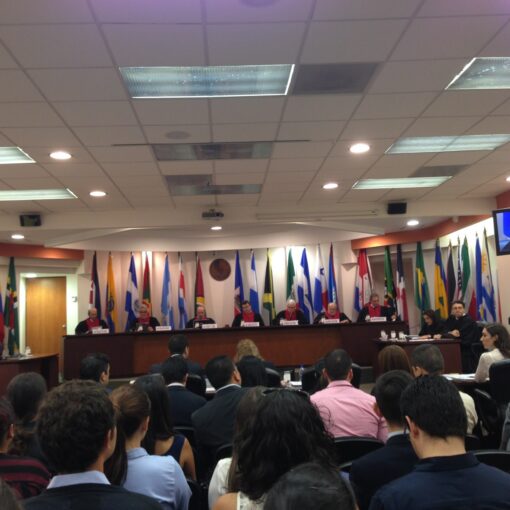By Phillip Dane Warren, Columbia Law Student and Former Sabin Center Intern
Climate change represents, perhaps, the greatest challenge of the twenty-first century. As temperatures and sea levels rise, governments around the world will face massive and unprecedented human displacement that international law currently has no mechanism to address. While estimates vary, the scope of the migration crisis that the world will face in the coming decades is startling. In addition to losing their homes, climate change migrants, under current law, will encounter a refugee system governed by a decades-old Refugee Convention that offers neither protection nor the right to resettle in a more habitable place. Armed with the most recent developments in international climate change law following the December 2015 Paris climate conference (COP21), this Note considers which of the existing bodies in the United Nations is best equipped to address forced migration caused by climate change. Inspired by the negotiations leading up to the Paris Conference, this Note advocates for a Climate Change Displacement Coordination Facility, housed within the United Nations Framework Convention on Climate Change (UNFCCC), to protect the rights of displaced persons. Finally, this Note maps out an institutional architecture and a long-term vision for a Displacement Coordination Facility. As opposed to an amendment of the 1951 Refugee Convention or a new rights-based treaty for climate migration, a Facility housed within the UNFCCC provides the greatest possible flexibility, autonomy, and cultural retention for climate change migrants while still protecting their essential human rights.



